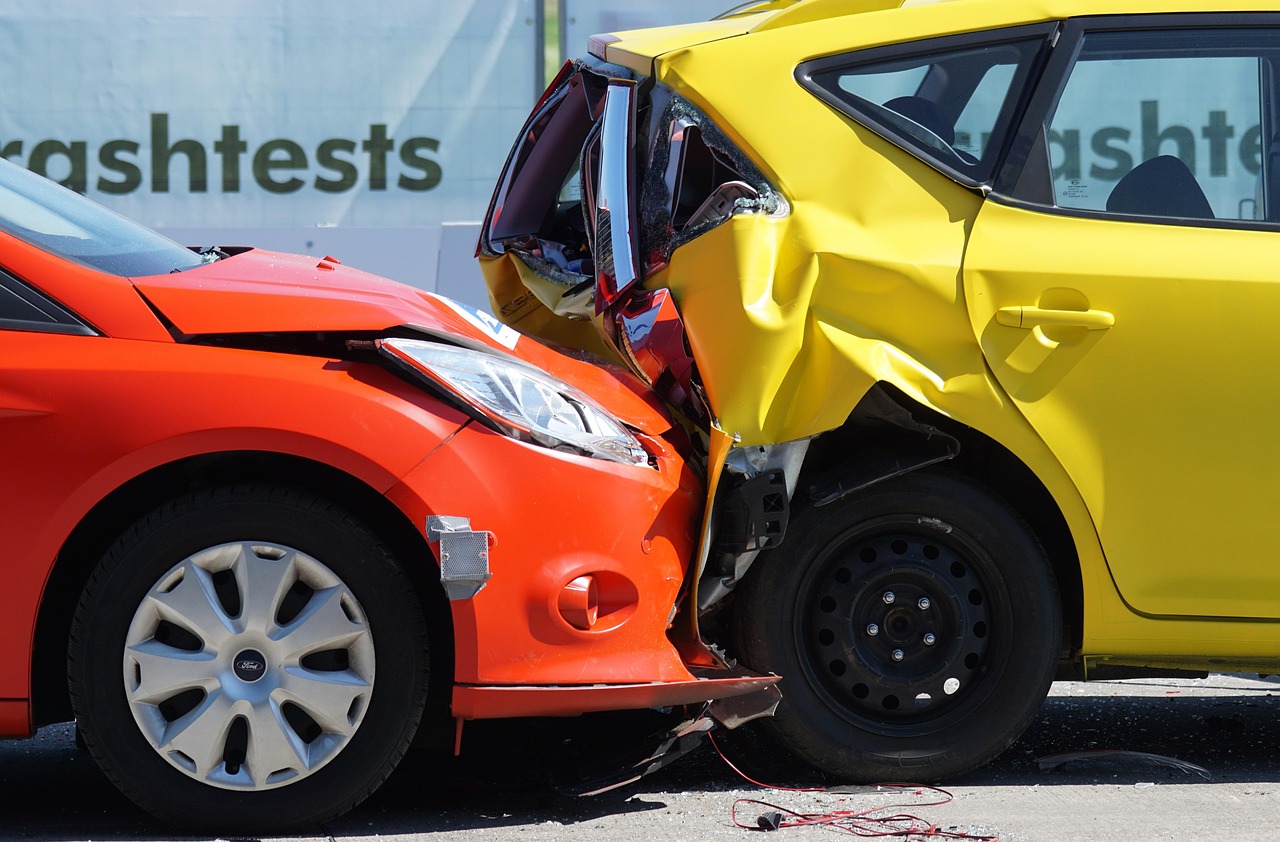When a collision involves a large commercial vehicle—such as a semi-truck, tanker, or construction vehicle—the aftermath is often devastating. These types of accidents tend to cause more severe injuries and complex legal disputes compared to standard car crashes. At the center of these legal battles lies one critical element: evidence. Whether it’s determining fault, proving negligence, or negotiating fair compensation, the role of evidence in heavy vehicle accident cases cannot be overstated.
Understanding what evidence is important, how it is gathered, and how it is used can help victims and their legal teams build a strong case.
The Importance of Evidence in Truck Accident Claims
Heavy vehicle accident claims often involve multiple parties—drivers, trucking companies, contractors, and sometimes even vehicle manufacturers. In such multi-layered cases, clear, well-documented evidence is essential to establish liability and ensure justice is served.
Why Truck Accidents Require More Extensive Evidence
Truck accidents are subject to both state traffic laws and federal regulations, particularly those enforced by the Federal Motor Carrier Safety Administration (FMCSA). These additional layers of regulation mean that the evidence must not only prove who was at fault but also whether any federal safety rules were violated, such as those regarding hours of service, vehicle maintenance, or driver qualifications.
Types of Evidence in Heavy Vehicle Accident Cases
Evidence in these cases comes in many forms—each playing a unique role in strengthening a victim’s claim.
1. Physical Evidence from the Scene
Photos of the accident scene, vehicle damage, skid marks, and road conditions can provide immediate visual context. This evidence helps in reconstructing the events leading up to the collision and determining factors like vehicle speed and impact angles.
2. Electronic Logging Devices (ELDs)
Commercial vehicles are often equipped with ELDs that record data about the driver’s hours on the road. These logs can be crucial for identifying violations of hours-of-service regulations—a common cause of fatigue-related accidents.
3. Black Box Data
Many large trucks have electronic control modules (ECMs), or “black boxes,” which store vital information such as speed, braking patterns, and steering movements before a crash. This data can be invaluable in proving whether the truck driver acted negligently.
4. Maintenance and Inspection Records
Trucking companies are required to keep detailed records of vehicle maintenance and safety inspections. A failure to properly maintain brakes, tires, or other crucial components could indicate negligence or regulatory violations.
5. Driver Employment and Training Records
Reviewing the driver’s qualifications, training history, and previous incidents can help uncover patterns of reckless behavior or inadequate supervision by the employer.
Gathering Evidence: Why Speed Matters
Time is a critical factor in truck accident investigations. Evidence like surveillance footage or black box data may be lost, erased, or overwritten if not secured quickly. This is why it’s imperative to act fast following a heavy vehicle crash.
An experienced attorney can send preservation letters to trucking companies to prevent the destruction of critical records. Acting quickly also allows for independent accident reconstruction and expert testimony to be gathered while memories are still fresh and evidence remains intact.
The Role of Experts in Evaluating Evidence
Expert witnesses play a pivotal role in interpreting technical evidence in truck accident cases. Some common types of expert input include:
Accident Reconstruction Specialists
These professionals use physical evidence, black box data, and scene analysis to recreate the sequence of events during the crash.
Mechanical Engineers
Engineers may be called to evaluate whether a mechanical failure—like brake malfunction—contributed to the accident, and whether proper maintenance could have prevented it.
Medical Experts
To link injuries directly to the crash, medical experts analyze trauma reports, treatment records, and long-term prognosis, helping to quantify damages for medical care and pain and suffering.
Comparative Negligence and How Evidence Shapes It
In Nevada and other states that follow comparative negligence laws, the amount of compensation a victim can receive depends on their degree of fault in the accident. Solid evidence helps ensure that blame is correctly assigned and not unfairly shifted to the injured party.
For instance, if a trucking company tries to argue that the other driver was speeding, dashcam footage, witness testimony, or black box data could disprove that assertion and protect the victim’s claim.
Why Legal Representation Matters
Heavy vehicle accident claims are notoriously complex. From dealing with trucking company insurers to deciphering FMCSA regulations, victims often find themselves overwhelmed. That’s where skilled legal counsel can make a crucial difference.
A qualified Henderson truck accident lawyer can take the lead in investigating the case, preserving critical evidence, and negotiating with aggressive defense attorneys to secure fair compensation.
Evidence and Insurance Negotiations
Even when a case doesn’t go to court, evidence remains a cornerstone of success. Insurance companies use evidence to assess the value of a claim. If evidence clearly shows liability and damages, insurers are more likely to offer a fair settlement. Without strong evidence, claims are often denied or underpaid.
As highlighted in this article about the aftermath of a truck accident, negotiating without solid legal support and a strong evidentiary foundation can lead to unfavorable outcomes for victims.
Protecting Victims Through Thorough Legal Strategy
In addition to gathering traditional forms of evidence, attorneys may also leverage subpoenas to obtain hidden data, such as internal emails or disciplinary records, that can expose negligence or misconduct by the trucking company. Legal teams also ensure compliance with state discovery rules and present the evidence effectively in court or settlement negotiations.
Law firms are experienced in handling complex commercial vehicle claims, and understand the intricate interplay between law, evidence, and strategy.
Conclusion
When it comes to heavy vehicle accidents, success hinges on evidence. From crash site photos to digital logbooks and maintenance records, every detail plays a part in revealing the truth and achieving a fair resolution. Victims and their families must act quickly, work with seasoned legal professionals, and ensure that no stone is left unturned in the pursuit of justice.
Strong evidence doesn’t just tell the story of what happened—it empowers victims to seek accountability, recovery, and closure.




